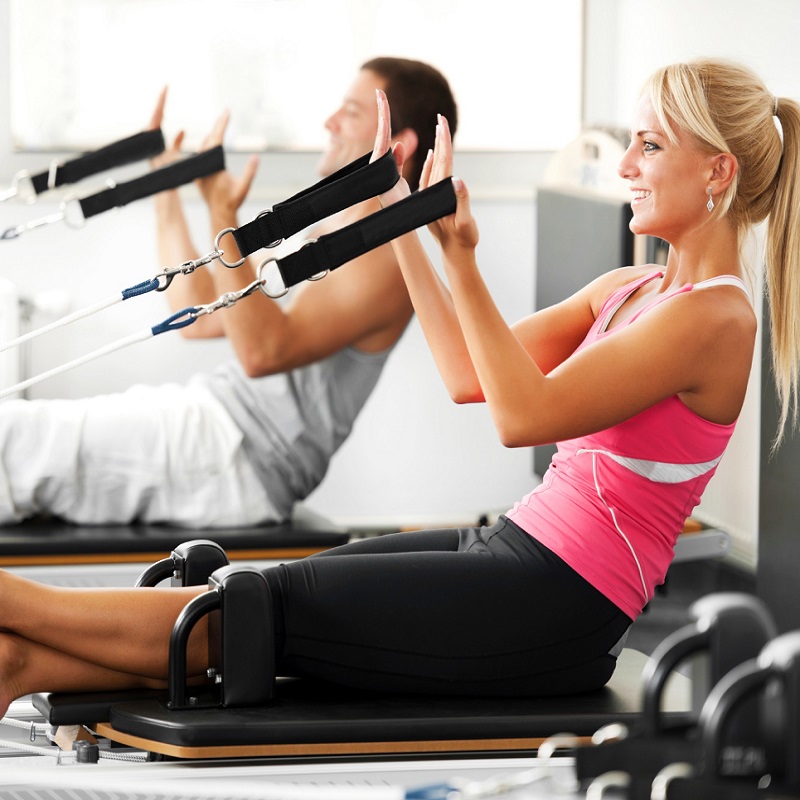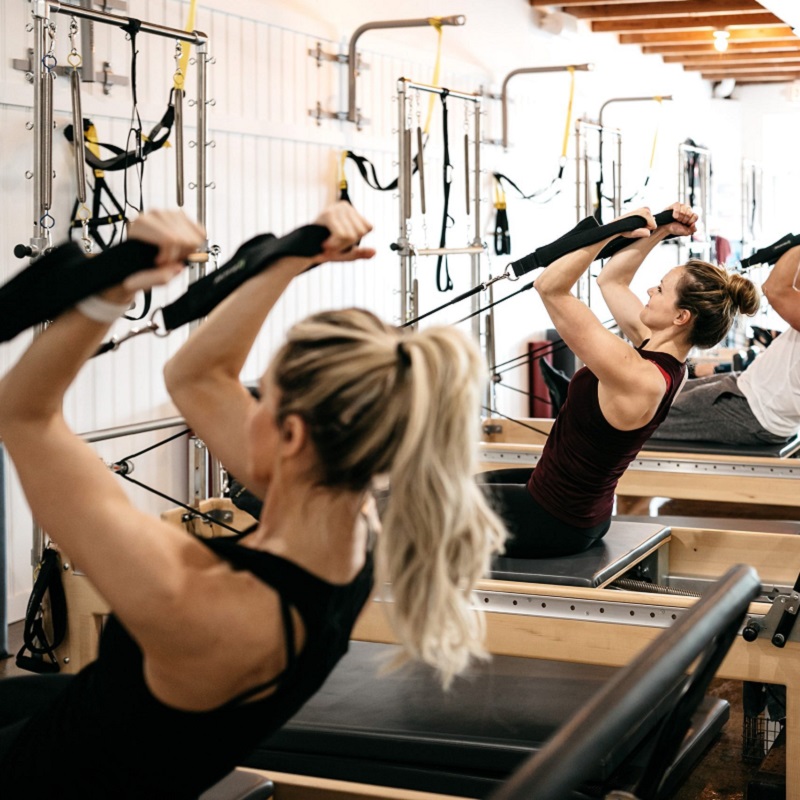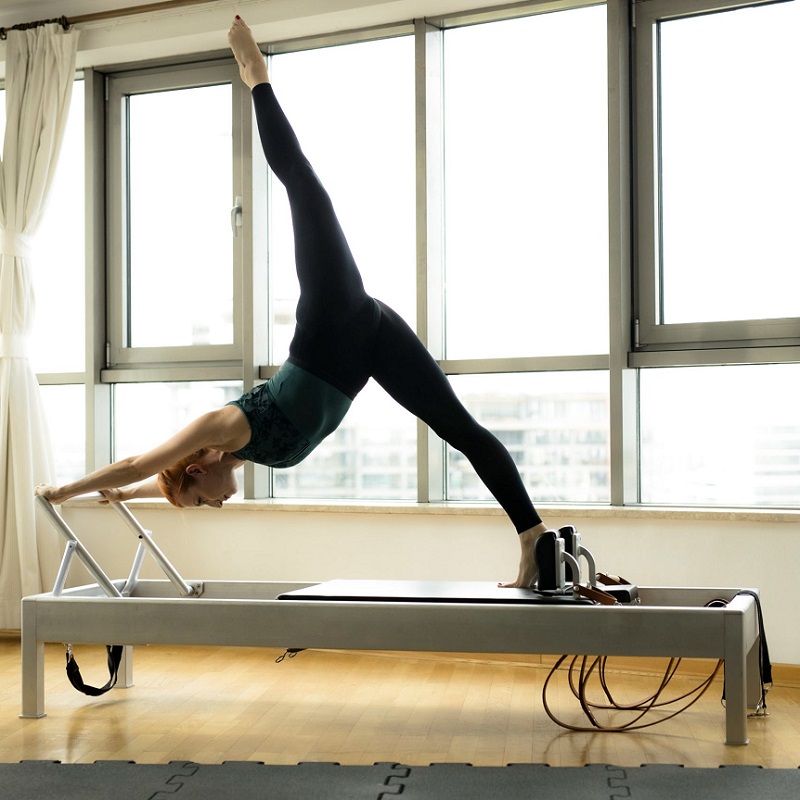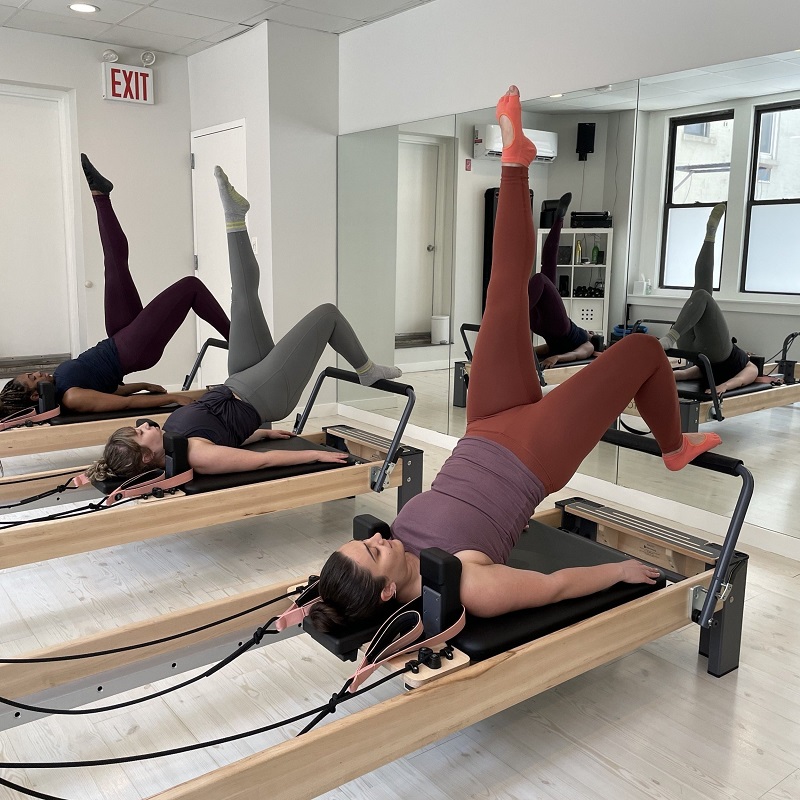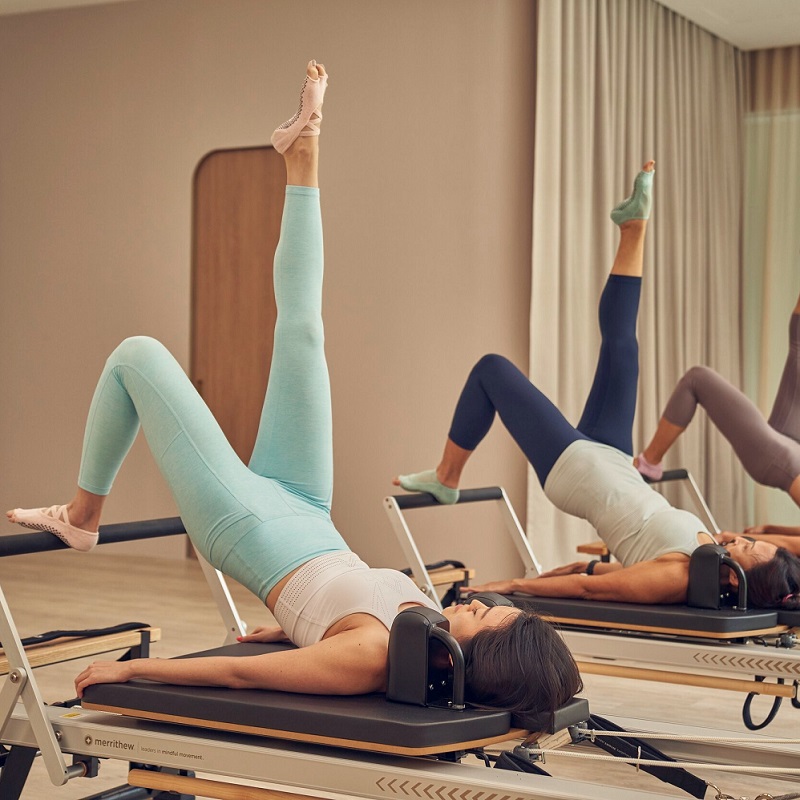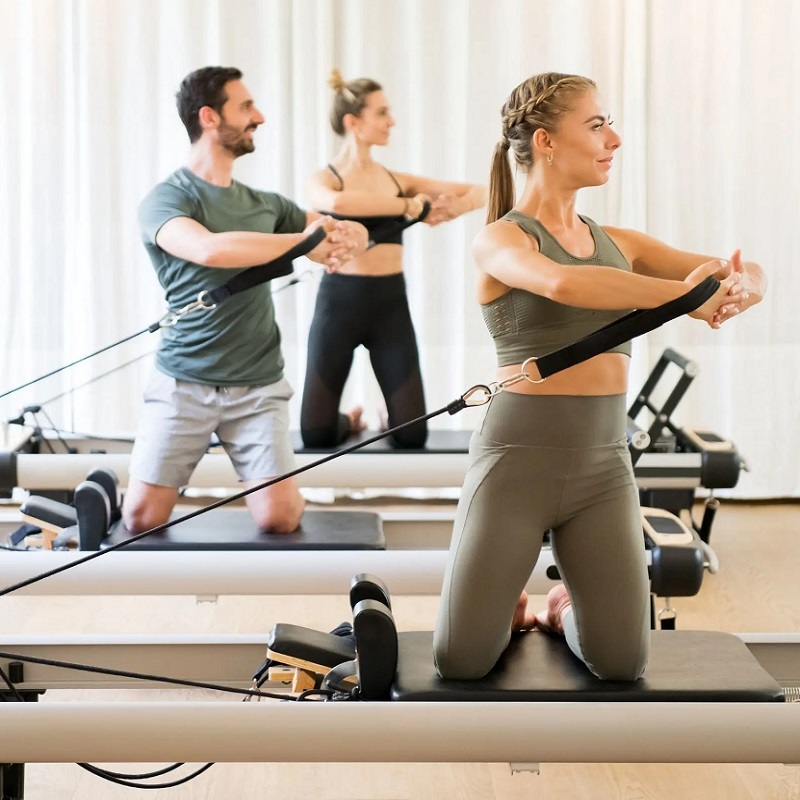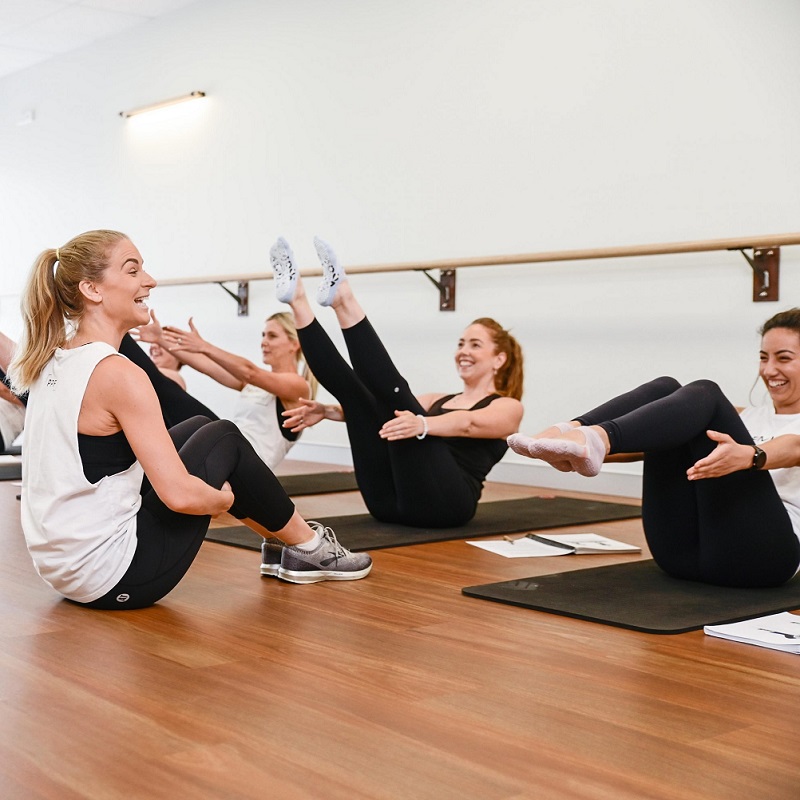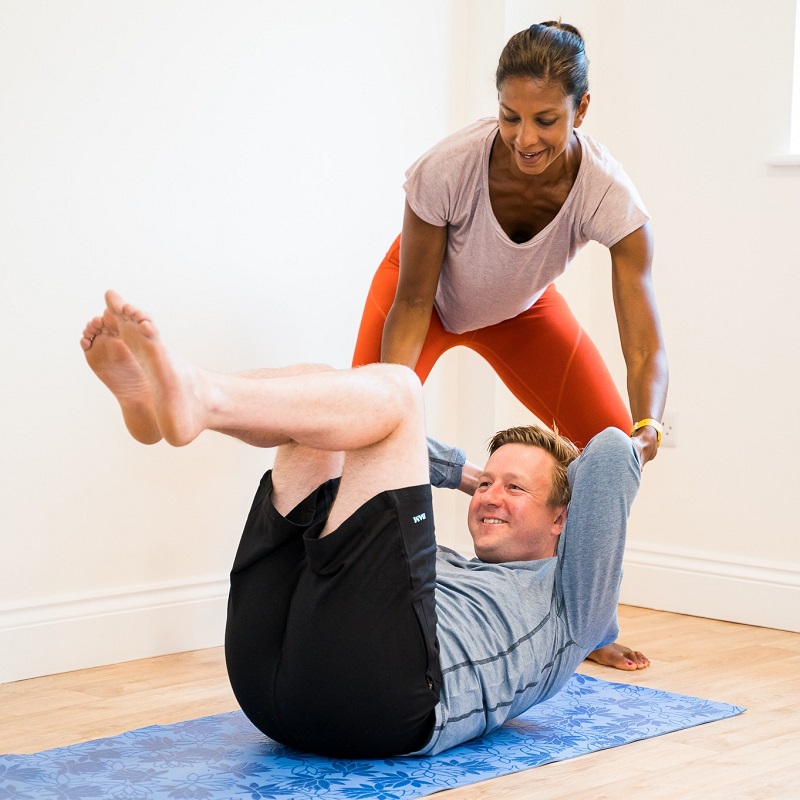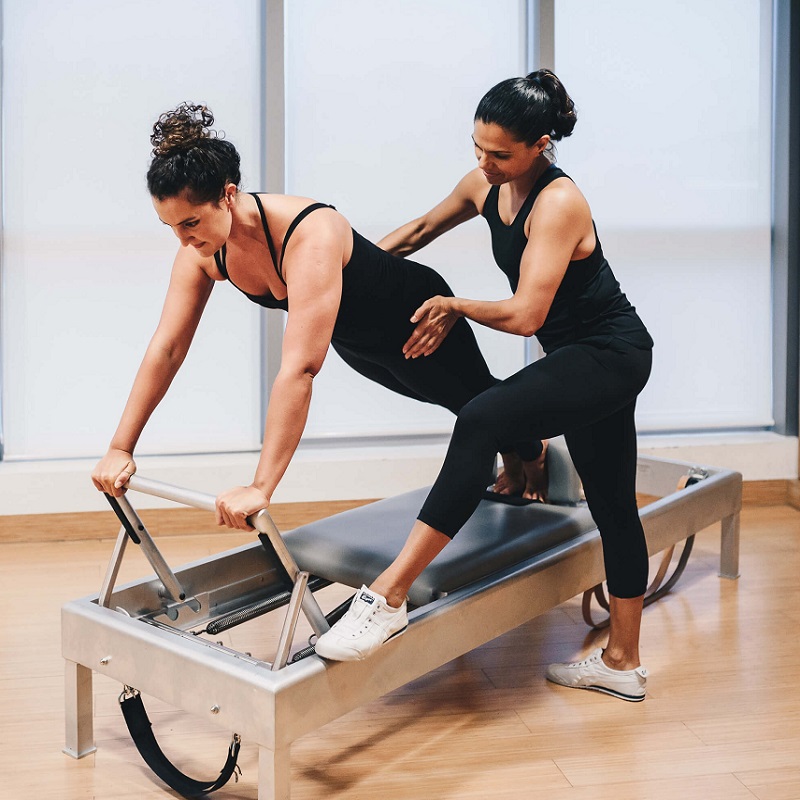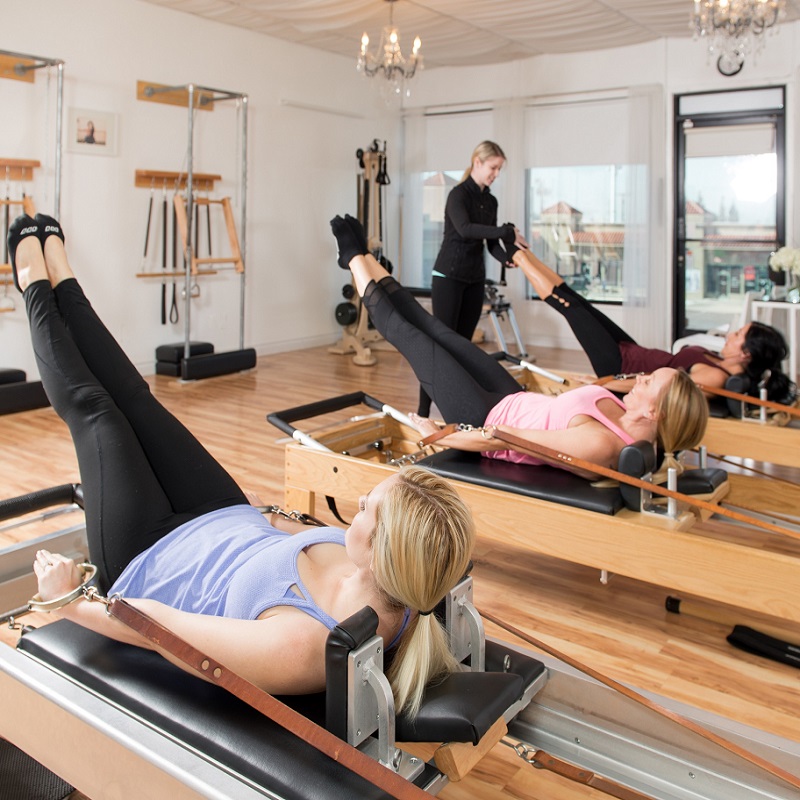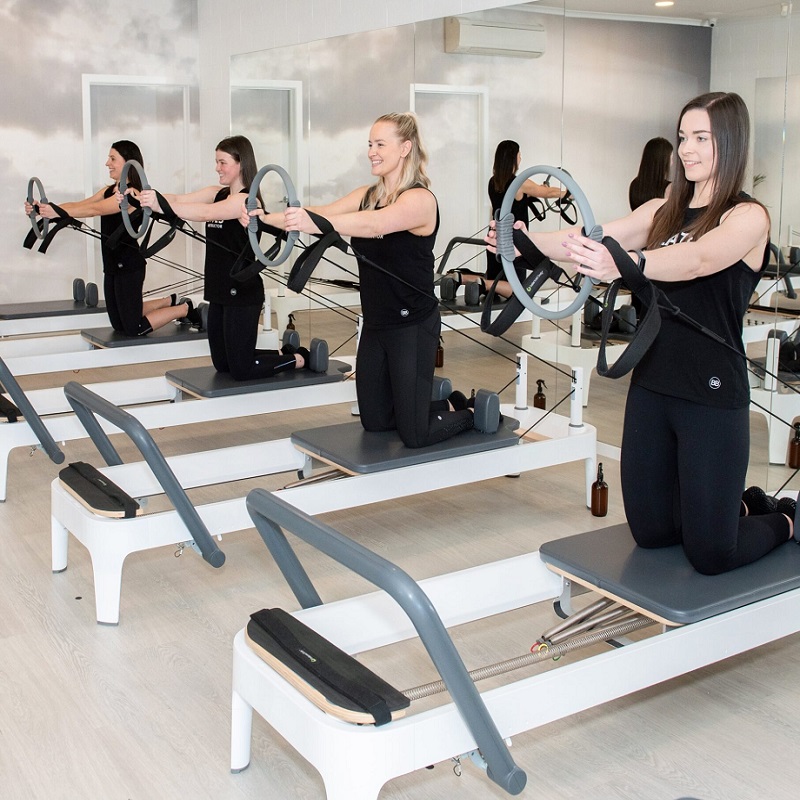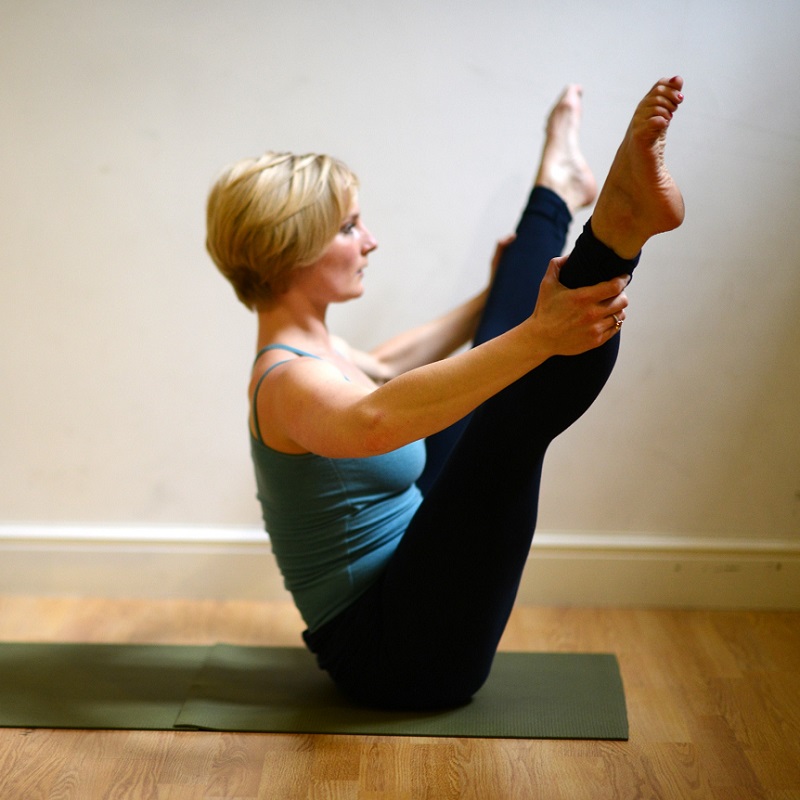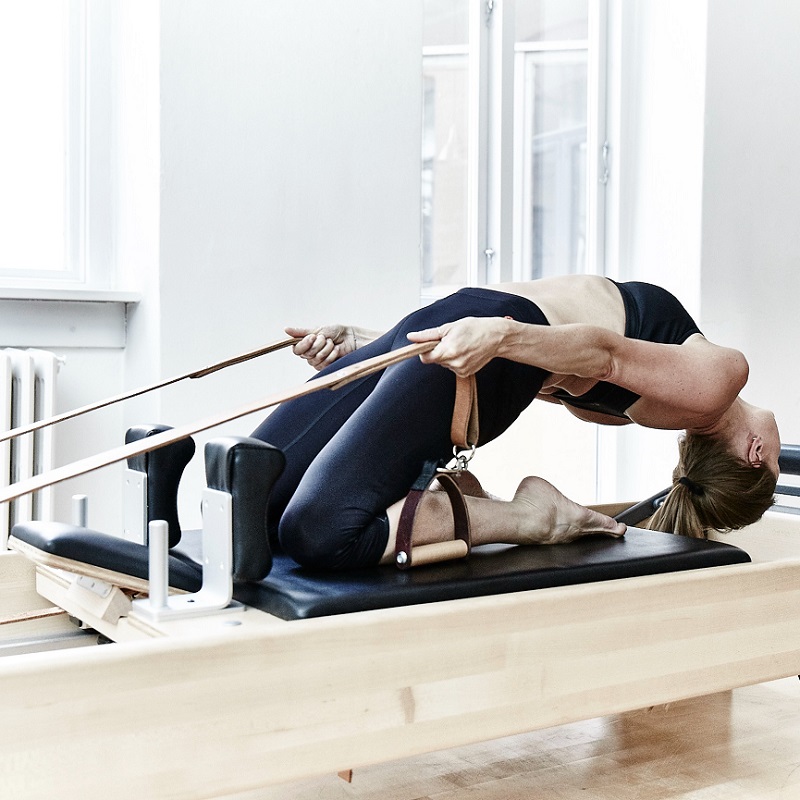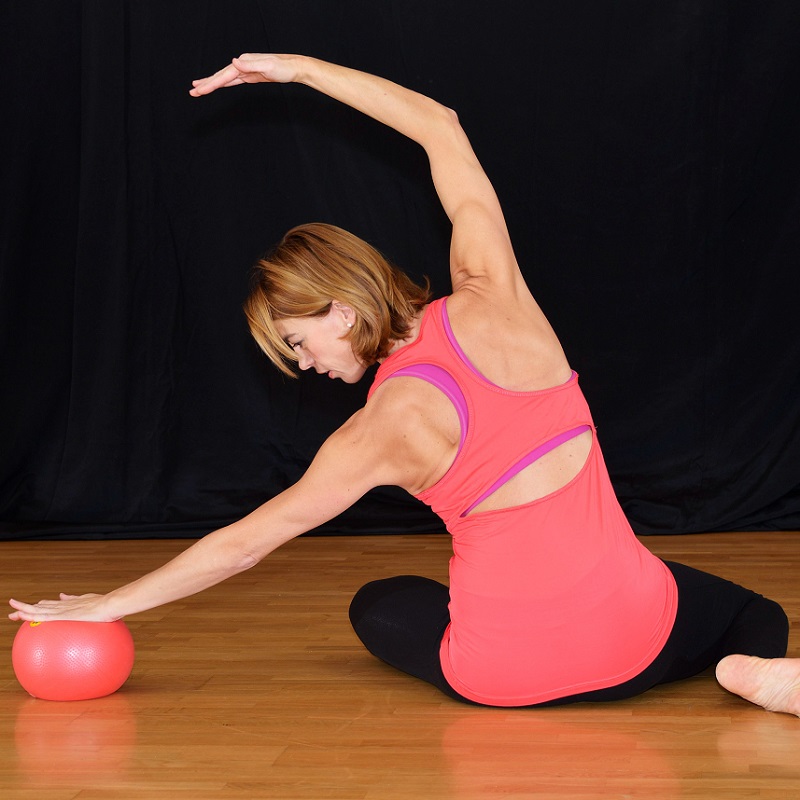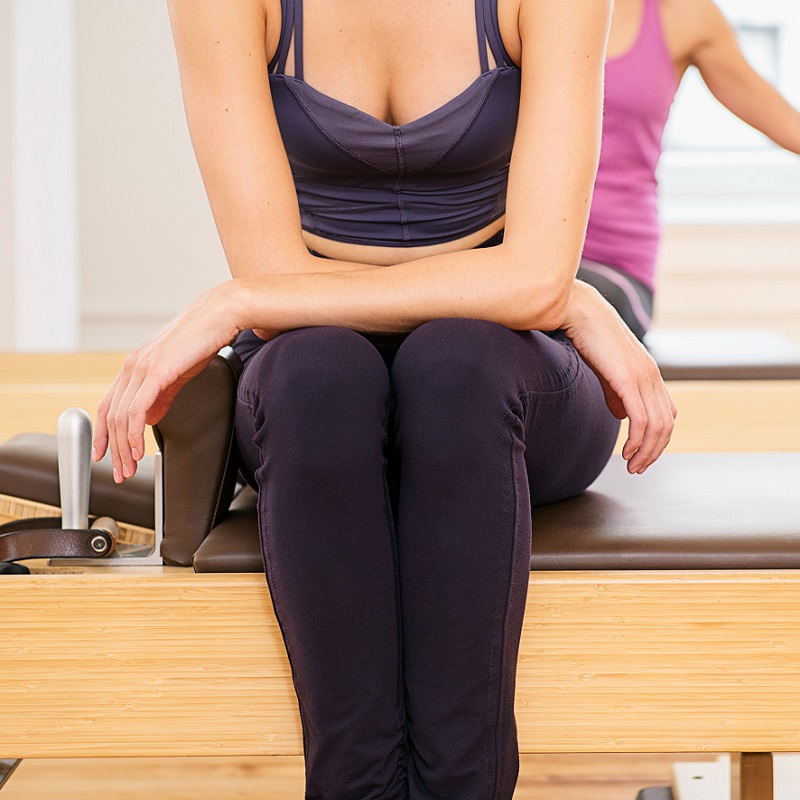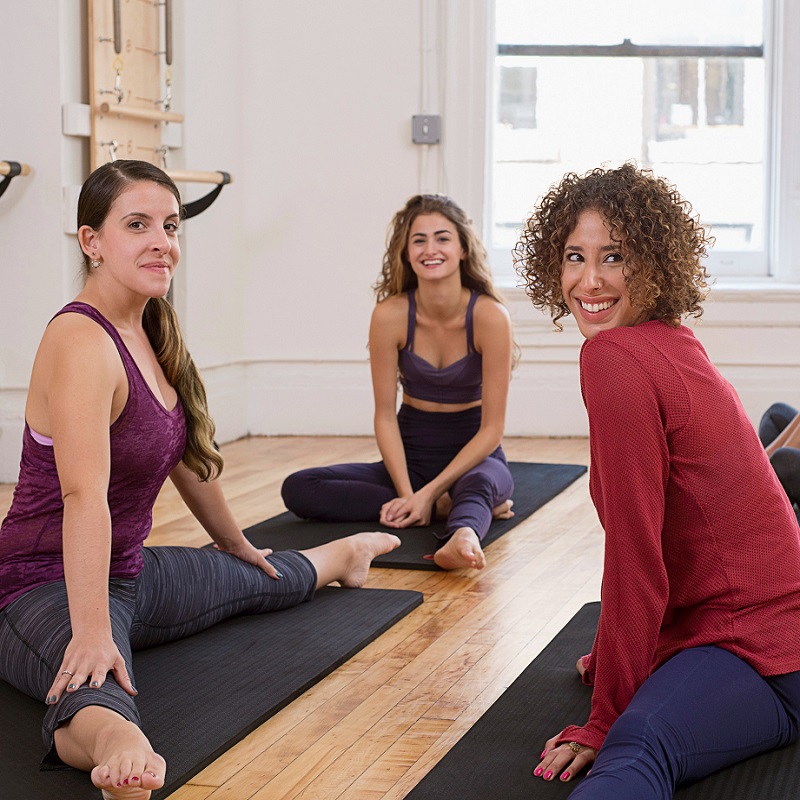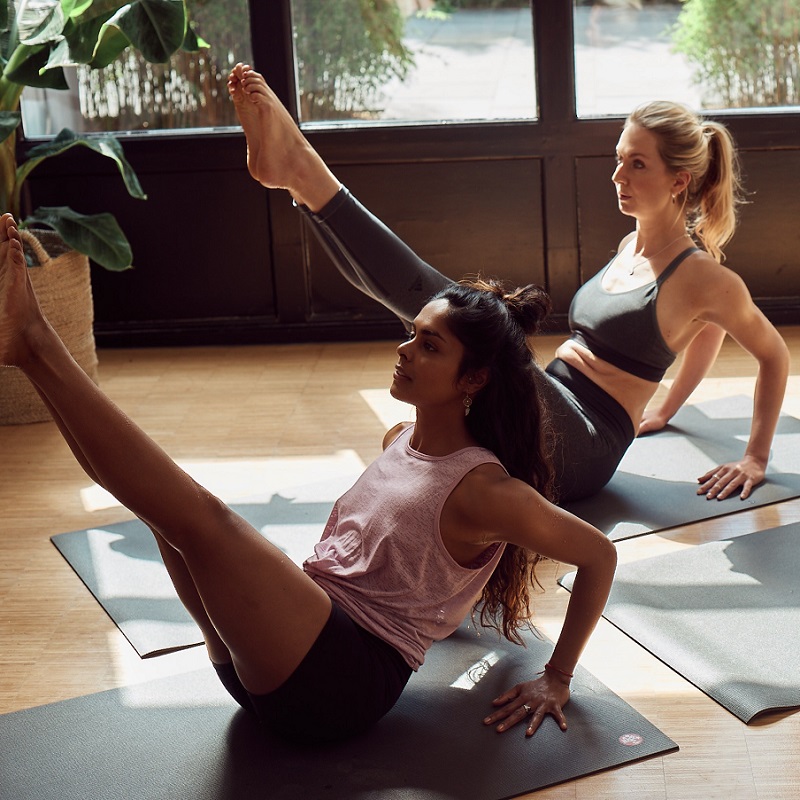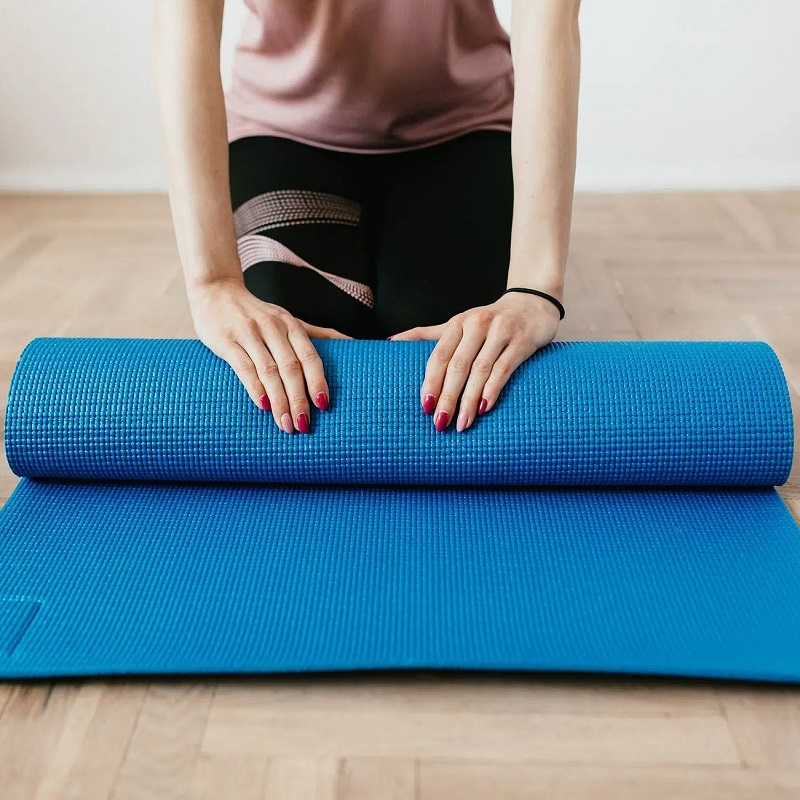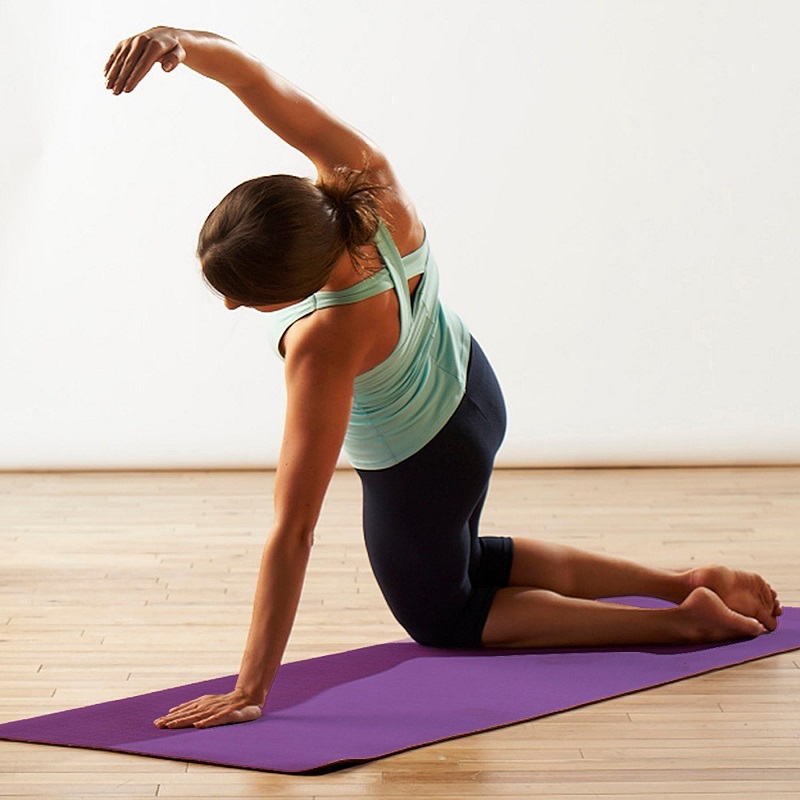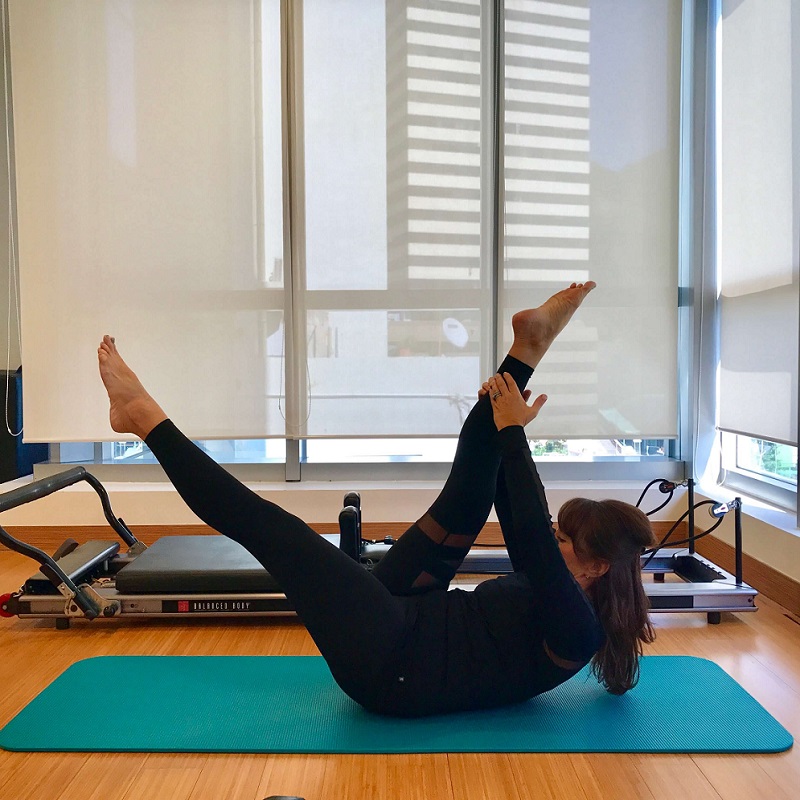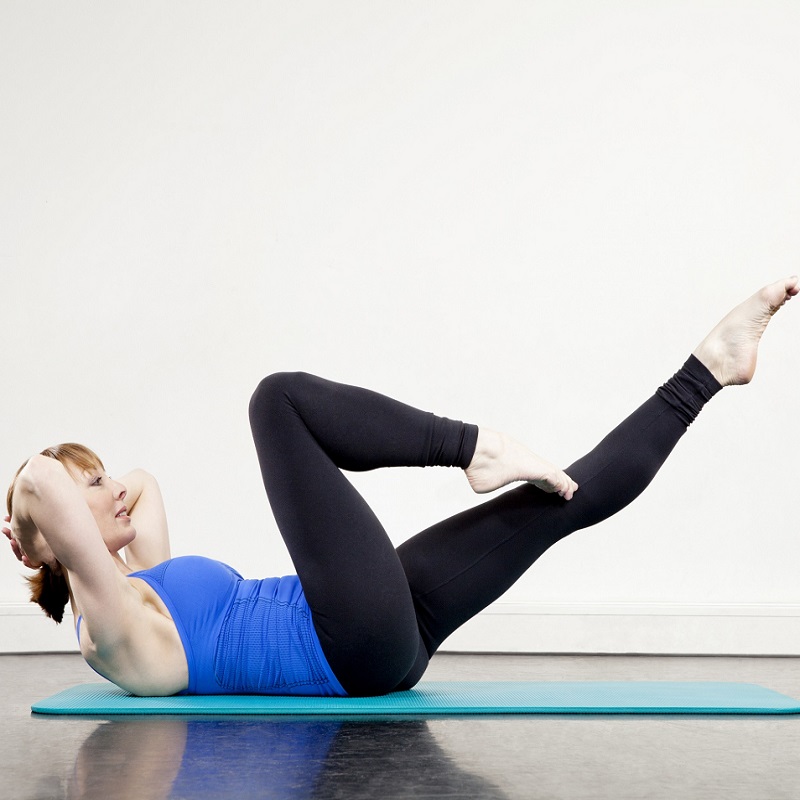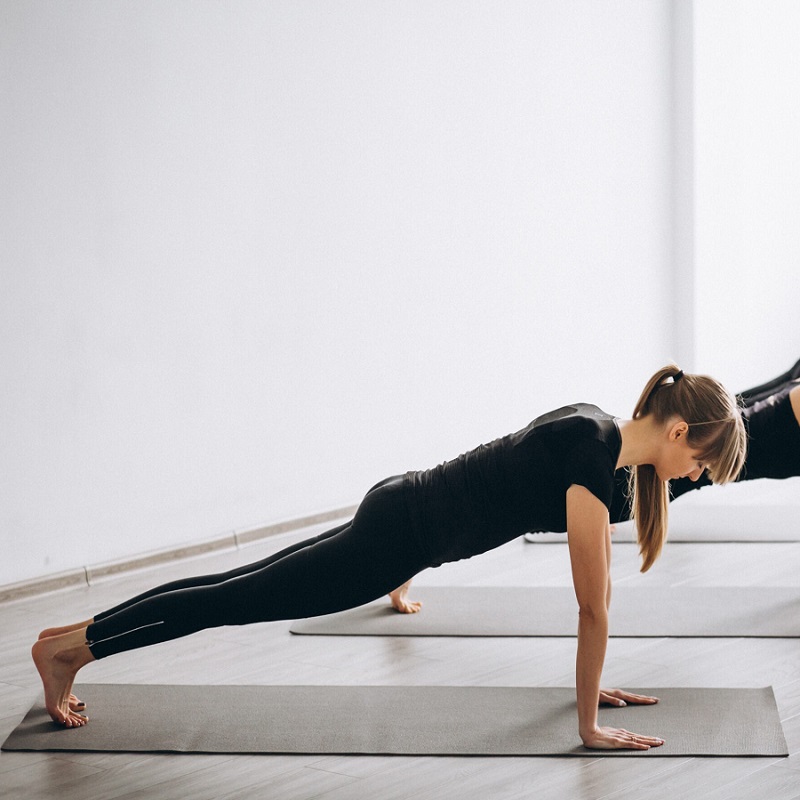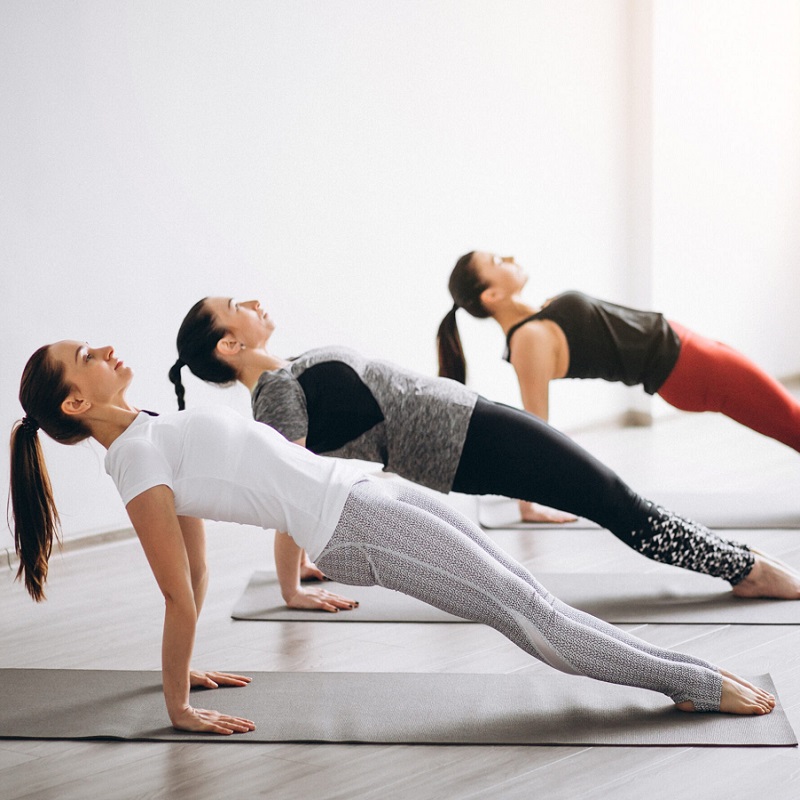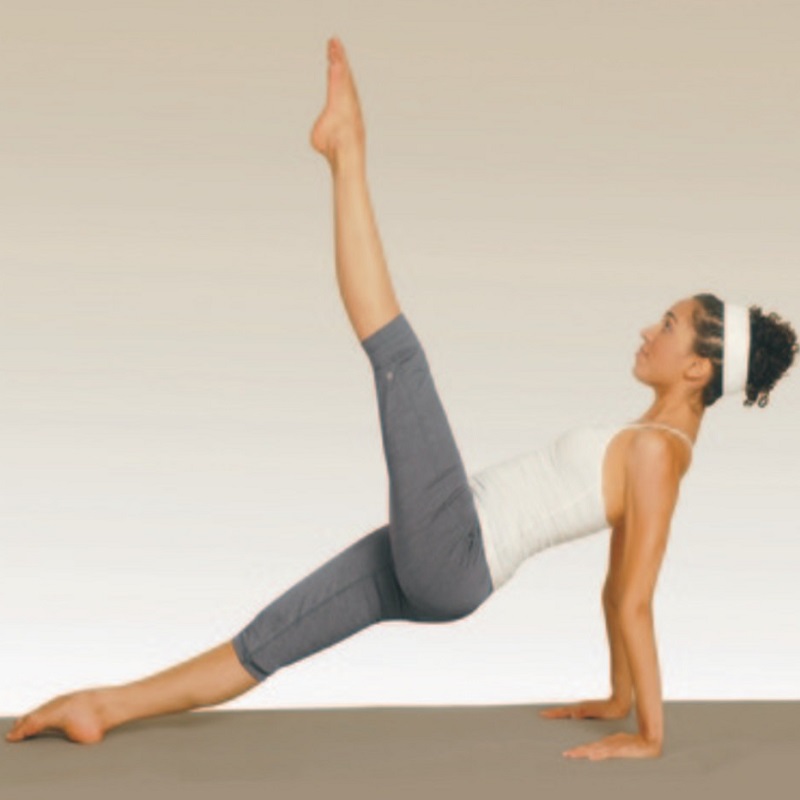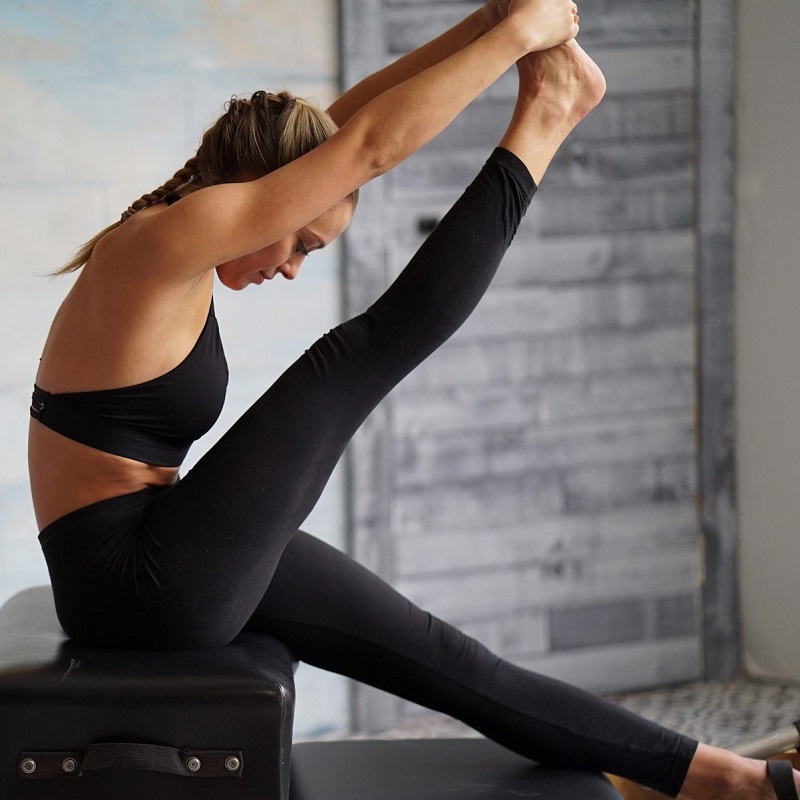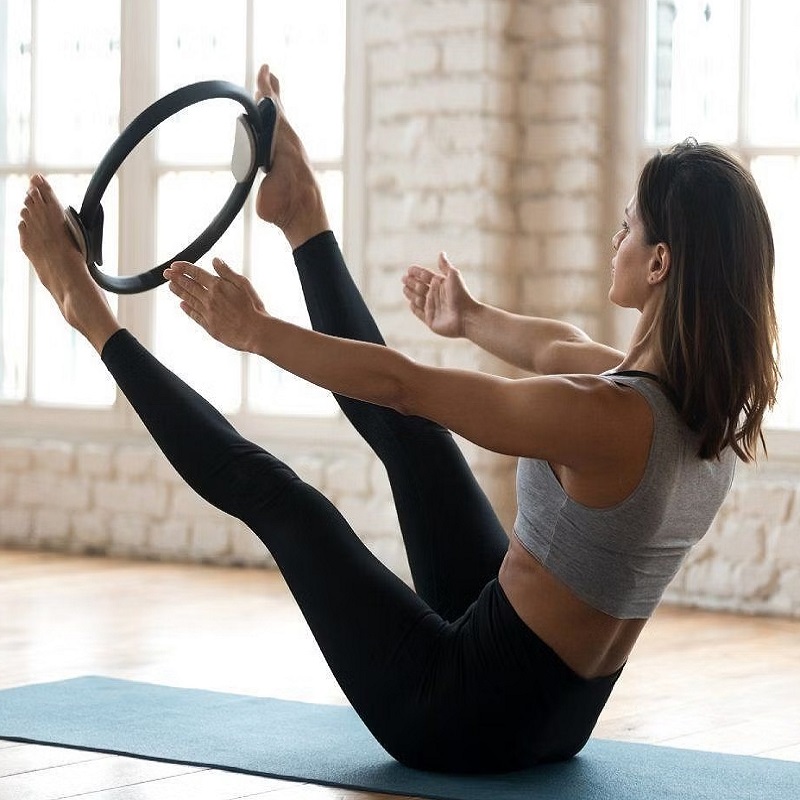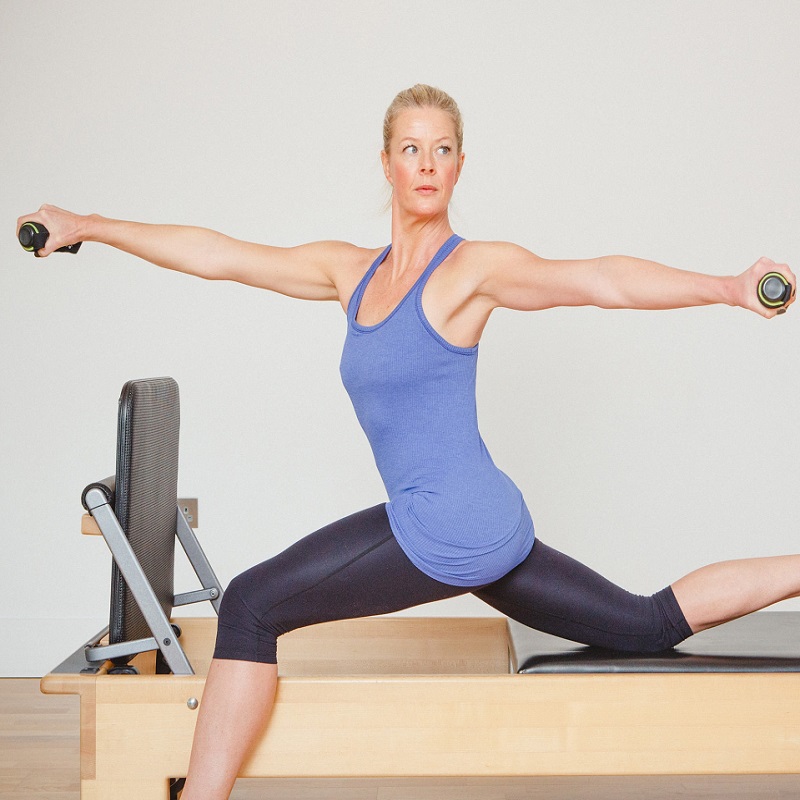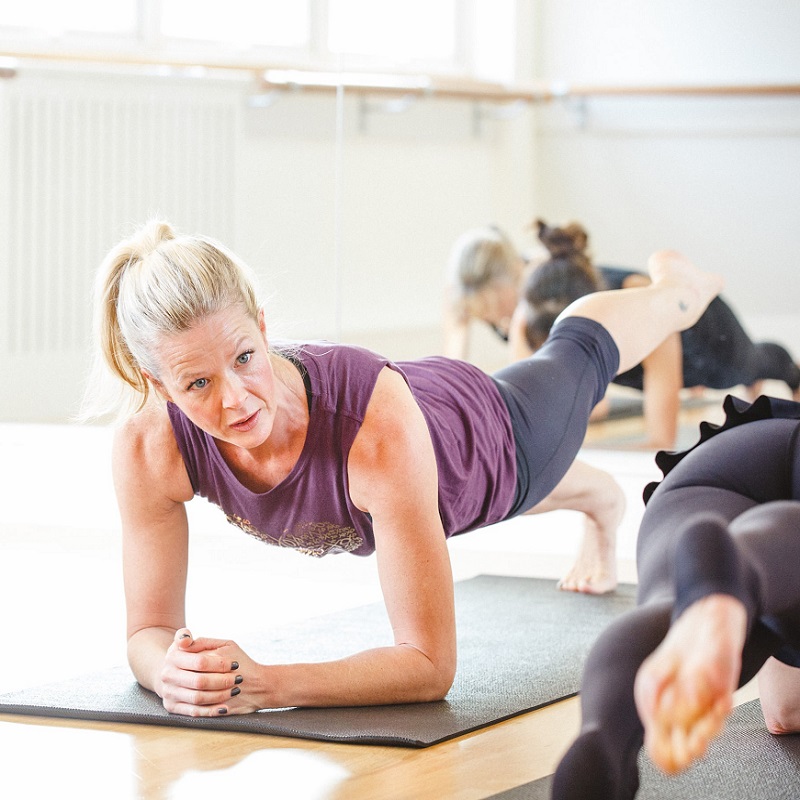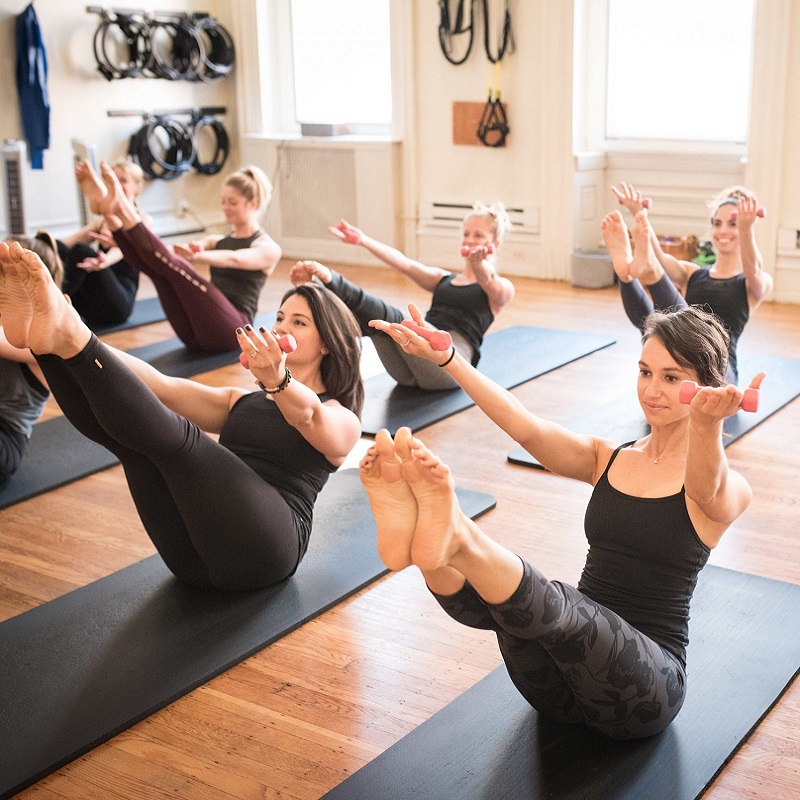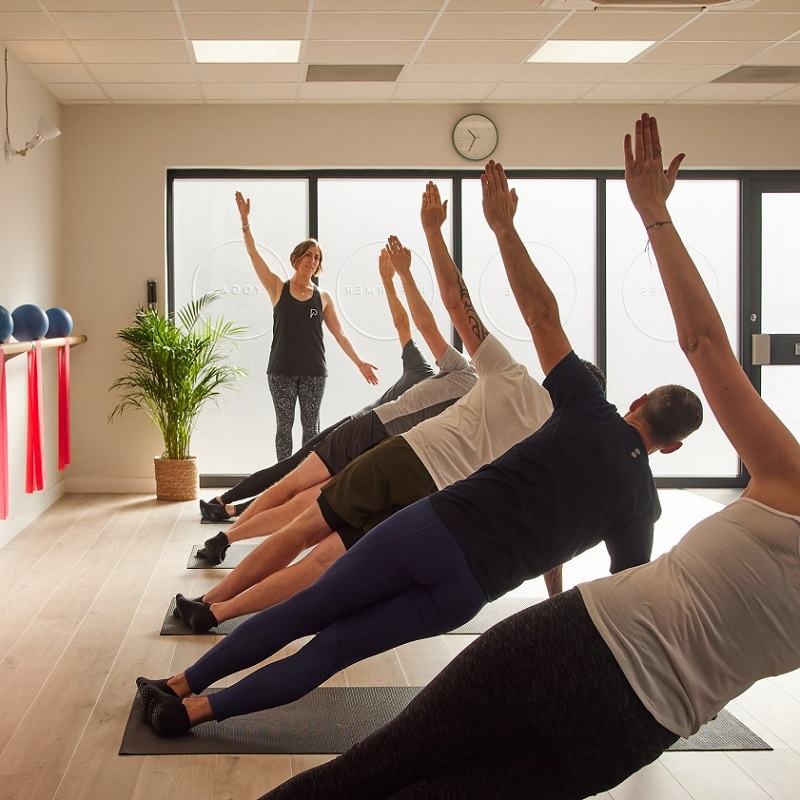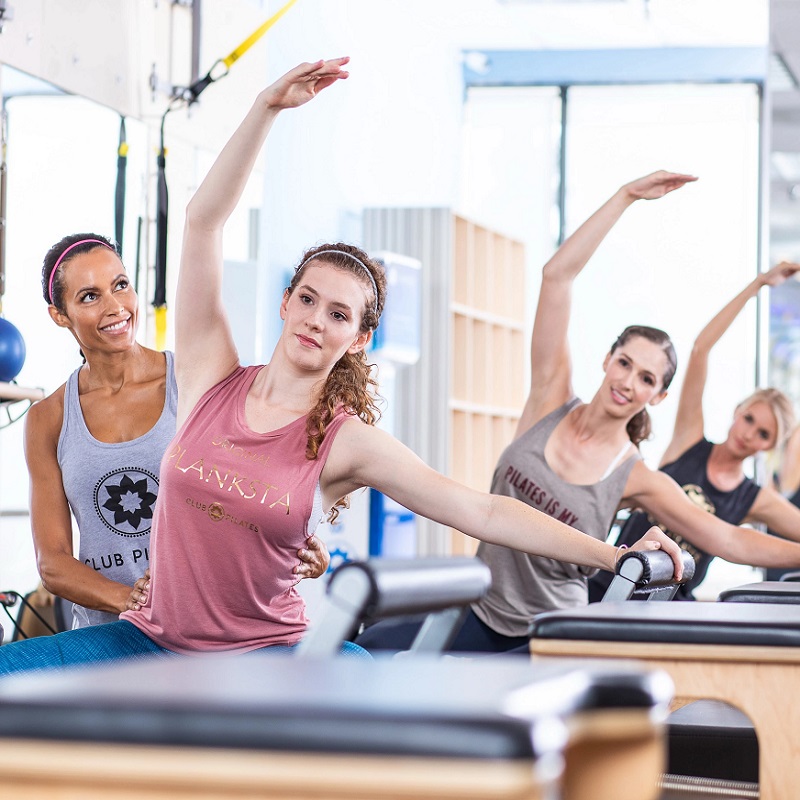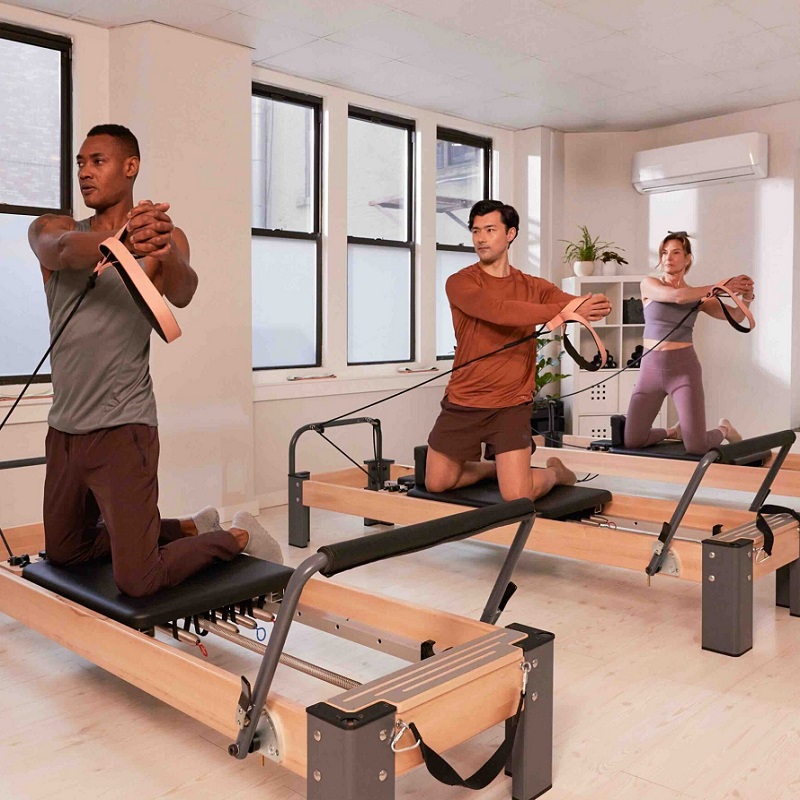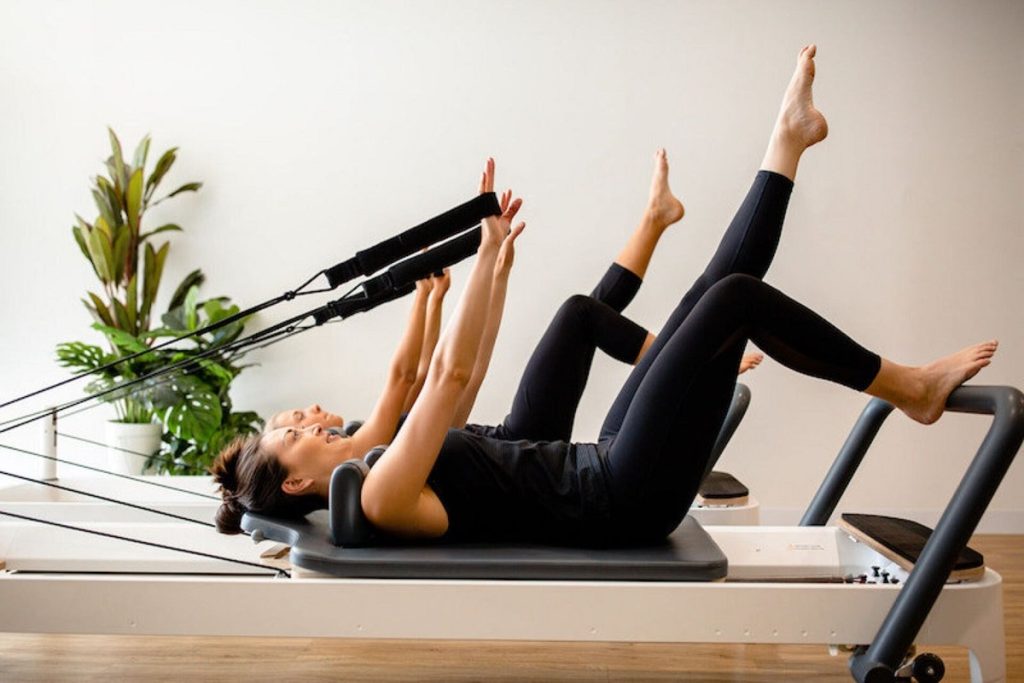As an expecting mother, maintaining physical health during pregnancy is crucial for both you and your growing baby. Engaging in safe exercises such as prenatal pilates can offer several benefits, including enhanced flexibility, improved strength, and reduced discomfort. Moreover, pilates focuses on core stability, which is vital for supporting your changing body.
During pregnancy, many women may face challenges such as back pain, fatigue, and muscle tension. However, with the right guidance, prenatal Pilates can be a fantastic way to prepare your body for the challenges of labor and postnatal recovery. Studies show that engaging in moderate exercise during pregnancy can also reduce the risk of gestational diabetes and improve overall health outcomes.
In this article, we will explore the top prenatal Pilates moves that every expecting mother should know. Each of these exercises aims to help you build strength, alleviate tension, and foster a sense of wellbeing throughout your pregnancy. So, let’s dive in and discover how you can incorporate prenatal pilates into your fitness routine!
The Pelvic Tilt
Understanding the Movement
The pelvic tilt is foundational in prenatal pilates that helps strengthen the pelvic floor, hips, and abdominal muscles. This move is beneficial for relieving lower back pain and improving posture during pregnancy. Since the body undergoes significant changes during this time, focusing on pelvic stability becomes essential.
How to Perform:
-
- Begin by lying on your back with your knees bent and feet flat on the floor, hip-width apart.
- Take a deep breath, and as you exhale, gently tilt your pelvis upward, flattening your lower back against the mat.
- Hold this position for a few seconds, then release and return to the starting position.
- Repeat the pelvic tilt for 10-15 repetitions, focusing on your breath and the movement’s fluidity.
Benefits
The pelvic tilt not only strengthens core muscles but also promotes better alignment of the spine. Moreover, it enhances blood circulation to pelvic organs, which is crucial for both mother and baby. Additionally, practicing this exercise can significantly reduce discomfort in the lower back as it helps redistribute weight and alleviate pressure points.
This exercise is particularly beneficial as the pregnancy progresses, allowing you to maintain comfort and mobility. Consequently, incorporating pelvic tilts into your routine can lead to long-lasting benefits during labor and recovery.
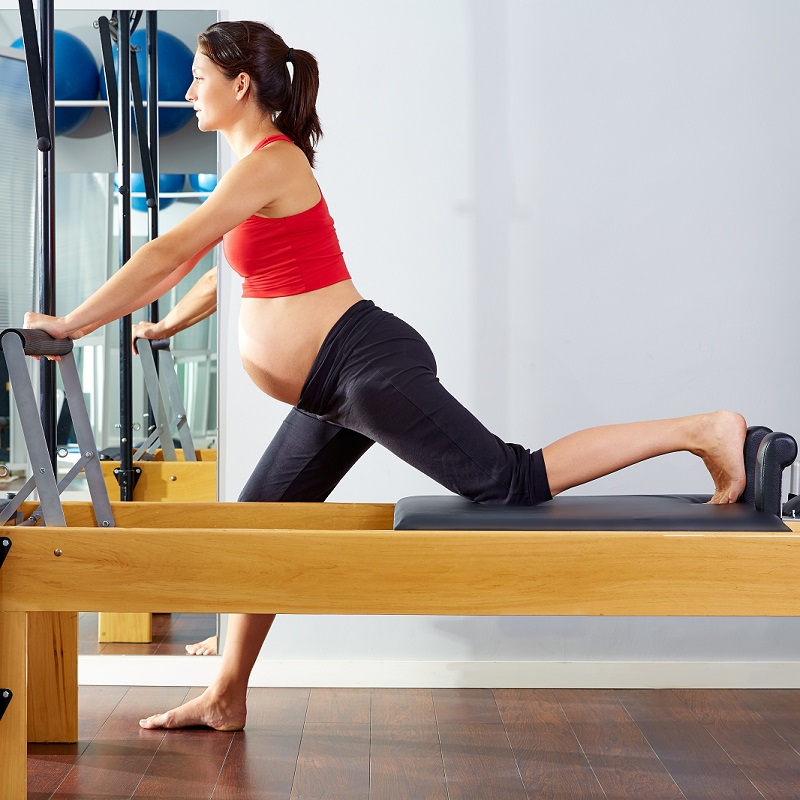
Cat-Cow Stretch
A Gentle Flow
The Cat-Cow Stretch is an excellent dynamic movement for prenatal pilates that increases flexibility in the spine and relieves tension in the back. This stretch helps maintain spinal health while also promoting mind-body awareness.
How to Perform:
-
- Begin on your hands and knees in a tabletop position, ensuring your wrists are aligned under your shoulders and knees under your hips.
- Inhale deeply, arch your back, and lift your head towards the ceiling (Cow).
- As you exhale, round your back, tucking your chin to your chest (Cat).
- Alternate between these two positions for 10-15 repetitions, focusing on the rhythm of your breath and the gentle flow of the movements.
Benefits
This gentle flow helps alleviate discomfort, especially in the lower back, and promotes spinal mobility. The Cat-Cow Stretch fosters mindfulness and can be a relaxing part of your prenatal routine.
Engaging in this stretch can help counteract the strain that may arise from carrying extra weight in the front of the body. Furthermore, it encourages fluidity in movement, which can enhance mobility, making it easier to perform daily activities.
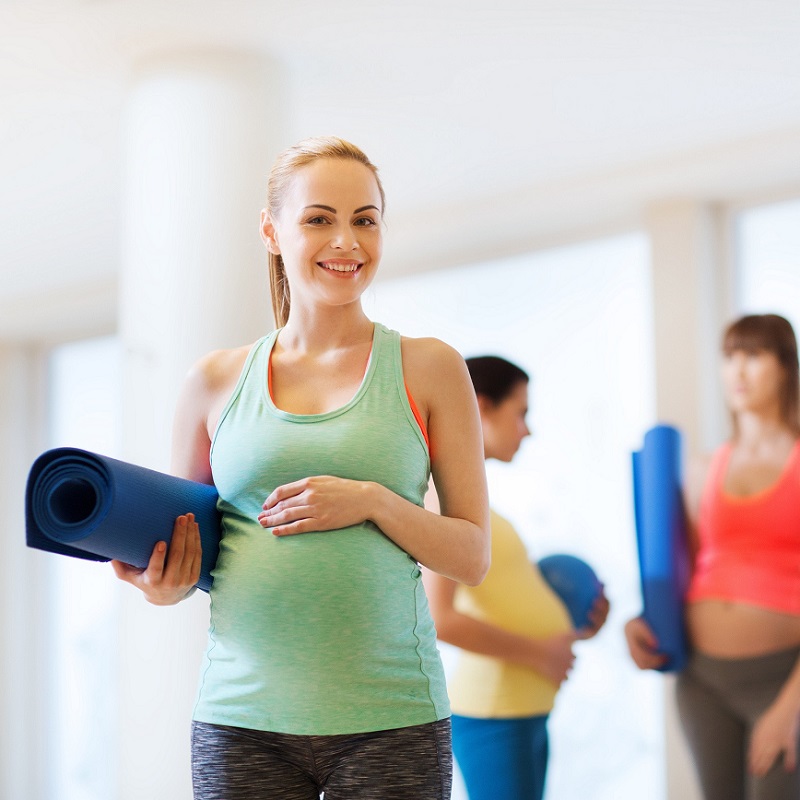
Side-Lying Leg Lifts
Strengthening the Hips
Side-lying leg lifts strengthen the hip muscles and improve stability, which is essential for maintaining balance during pregnancy. This exercise also supports the body’s alignment as it changes throughout the trimesters.
How to Perform:
-
- Lie on your side with your legs stacked on one another and your head resting on your lower arm.
- Slowly lift your top leg towards the ceiling, keeping it straight and without rotating your hips.
- Lower it back down with control and repeat this motion for 10-15 repetitions.
- Switch sides and repeat.
Benefits
Targeting the hip muscles helps support the growing belly and can reduce pregnancy-related discomfort. Furthermore, strengthening these muscles assists with labor by enhancing your ability to push effectively.
Incorporating side-lying leg lifts into your routine helps improve overall pelvic stability, which is beneficial as your center of gravity shifts. Exercising regularly can promote better balance and coordination, reducing the risk of falls.

Modified Squats
Building Strength in the Lower Body
Modified squats can be very beneficial for prenatal pilates practitioners as they strengthen the legs and prepare the body for labor. This exercise focuses on proper form and alignment to ensure safety and effectiveness.
How to Perform:
-
- Stand with your feet hip-width apart and toes pointing slightly outward.
- As you inhale, hinge at the hips and lower your body into a squat, keeping your back straight and core engaged.
- Exhale as you return to standing, making sure to press through your heels and engage your glutes.
- Perform 8-12 repetitions, ensuring you maintain proper form throughout.
Benefits
Squats are fantastic for building lower body strength, which is essential as your body adjusts to carrying extra weight. Engaging in this movement opens up the hips and prepares them for the birthing process.
Moreover, substantial lower body strength enables better endurance during labor, while also contributing to a faster recovery post-delivery. Practicing modified squats can enhance your confidence in your body’s strength and capabilities.

Seated Forward Fold
Promoting Flexibility
The Seated Forward Fold is an excellent stretch that helps release tension in the back and hips while promoting flexibility. This exercise can create a calming effect, which is particularly beneficial during pregnancy.
How to Perform:
-
- Sit on the floor with your legs extended straight in front of you.
- Inhale deeply while raising your arms overhead to elongate your spine.
- As you exhale, reach forward towards your feet, maintaining a straight back.
- Hold the position for 15-30 seconds, focusing on your breath and allowing your body to relax.
Benefits
This stretch improves flexibility in the lower back and hamstrings, which can alleviate discomfort. Furthermore, it encourages a tranquil mindset, helping you unwind during your pregnancy journey.
By incorporating the Seated Forward Fold into your routine, you promote relaxation amidst the physical changes happening in your body. This exercise can also improve circulation, allowing more blood flow to critical areas, which is essential for both mother and baby.
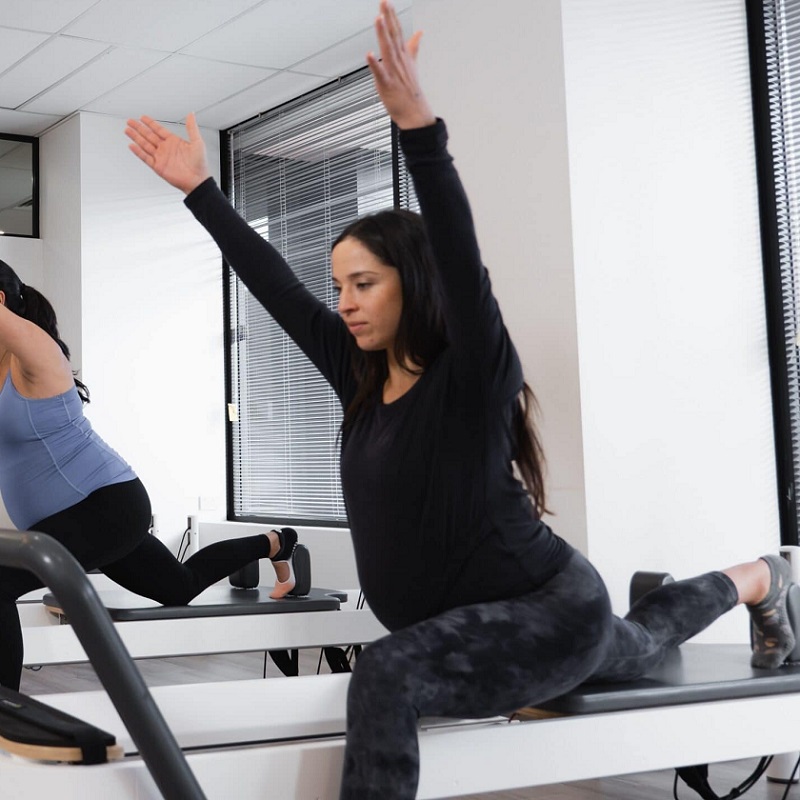
Bridging
Strengthening the Back and Glutes
The bridging exercise strengthens your back, glutes, and pelvic floor, making it a versatile addition to your prenatal pilates routine. This move can aid in alleviating lower back tension and building overall stability.
How to Perform:
-
- Lie on your back with your knees bent and feet hip-width apart, flat on the floor.
- Press your feet into the ground as you lift your hips towards the ceiling, creating a straight line from your knees to your shoulders.
- Hold at the top for a few seconds before lowering back down.
- Perform this exercise for 10-15 repetitions, focusing on engaging your core and glutes.
Benefits
Bridging not only builds strength in the relevant muscle groups but also promotes stability and balance throughout pregnancy. Additionally, this exercise can help prepare the pelvic floor for labor and recovery, enhancing overall function.
Practicing the bridging movement can lead to improved posture, alleviating some of the strain placed on the back. This strength-building exercise also lays the foundation for a quicker recovery post-delivery, allowing for a smoother transition into motherhood.
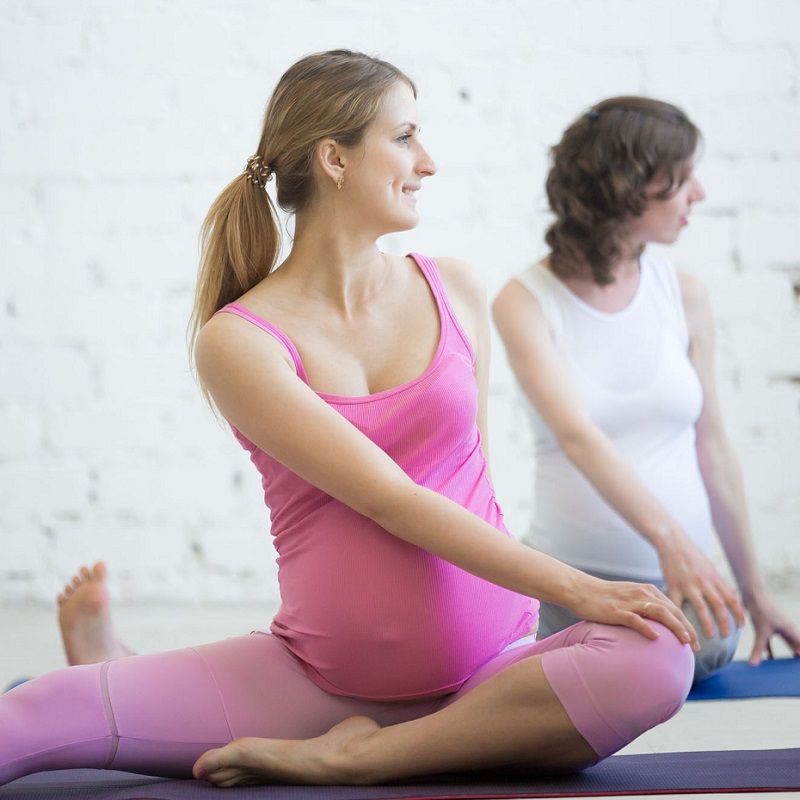
Incorporating Mindfulness Through Breathing
The Role of Breath
In addition to the physical benefits of prenatal pilates, breathing techniques significantly contribute to overall wellbeing. Deep, mindful breathing can enhance relaxation, promote better oxygen flow, and provide a focal point during challenging exercises.
How to Practice:
-
- Find a comfortable seated or standing position.
- Inhale deeply through your nose, expanding your diaphragm.
- Hold your breath for a moment, then exhale slowly through your mouth.
- Repeat this process, focusing on your breath and allowing thoughts to drift away.
Benefits
Focusing on your breath during exercises helps ground you, creating a calming effect that can reduce anxiety. Additionally, practicing breath control can set the stage for labor, allowing you to manage contractions and maintain a sense of calm.
Incorporating these breathing exercises into your prenatal pilates practice encourages stress relief and enhances connectivity with your body. This can be particularly beneficial as you prepare for the arrival of your little one.
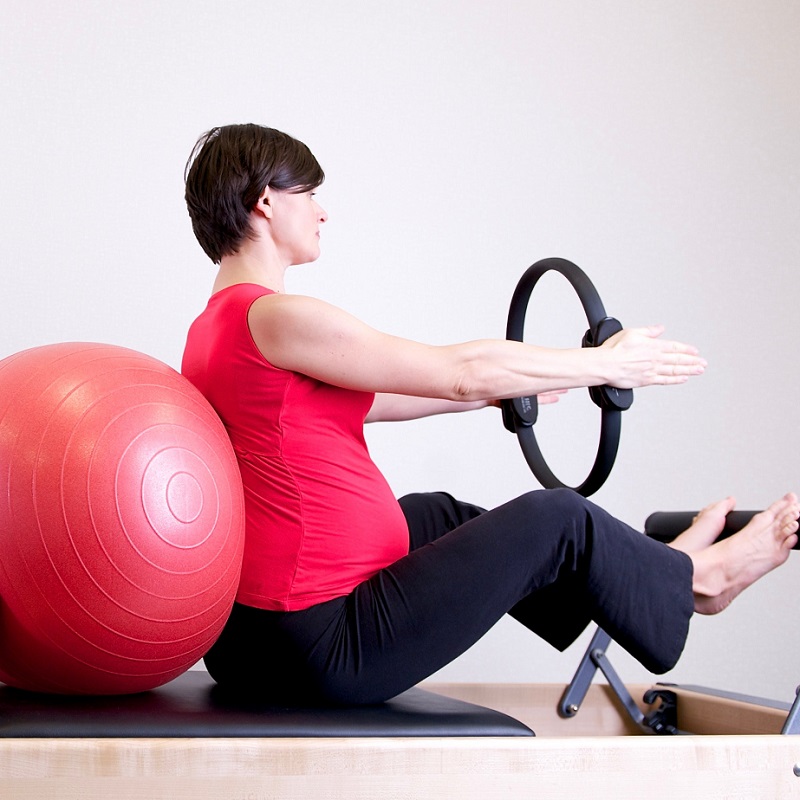
Embrace Your Journey with Prenatal Pilates
Incorporating prenatal pilates into your fitness routine offers numerous benefits for expecting mothers. By practicing these essential exercises, such as pelvic tilts, side-lying leg lifts, and bridging, you can promote strength, flexibility, and relaxation throughout your pregnancy journey.
Remember, always consult with your healthcare provider before starting any new exercise regime, especially during pregnancy. Listening to your body and adapting exercises according to your comfort level is vital for ensuring safety and effectiveness.
As you embrace these prenatal Pilates moves, not only will you feel stronger and more confident, but you will also foster a deeper connection with your changing body. A consistent practice can contribute to a healthier pregnancy, better preparing you for labor and motherhood.
So roll out your mat, breathe deeply, and enjoy the transformative power of prenatal pilates along your journey into motherhood!
